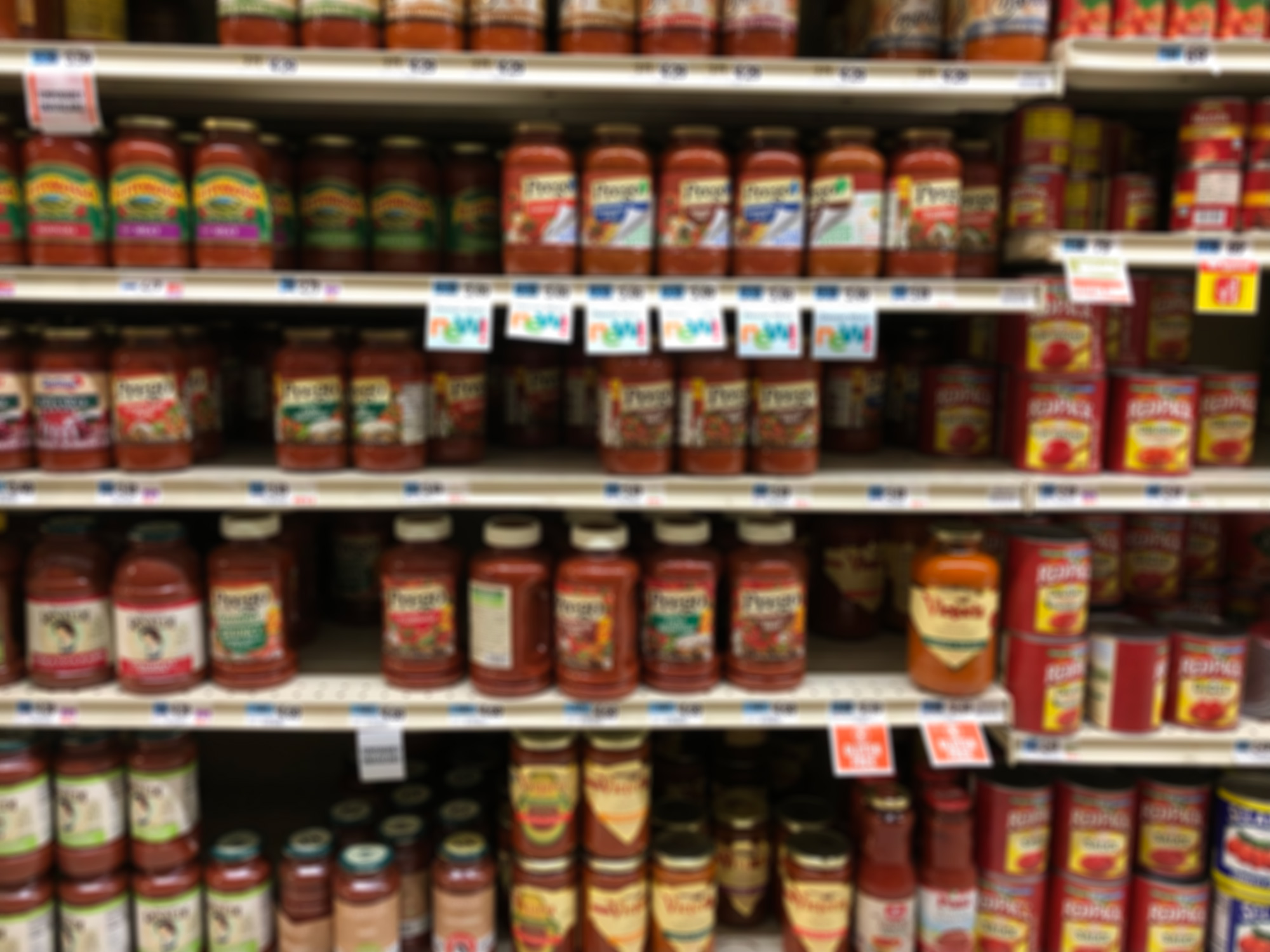Ingredients in foods matter, but did you know the order of those ingredients also matter? Let’s dig into the sequence of ingredients on food labels so you can be an even more informed shopper/consumer.
Front vs. Back
The front of a package of food is not meant to inform the consumer, so much as lure the consumer to purchase the product using enticing imagery and words. It’s the back of the package, with the Nutrition Facts Label, where you’ll find all the substance. Think of the front of the package as your dating profile pic, and the back of the package as the truest pajama-clad version of you.
Ingredients
Let’s start with the basics on the back of the package; ingredients and how they’re listed.
Food manufacturers are required by the FDA (U.S. Food & Drug Administration) to list every ingredient in their product on the food label. The order in which ingredients are listed isn’t arbitrary. Instead, they are intentionally listed in order of predominance, with the ingredient that weighs the most listed first and the ingredient that weighs the least listed last.
Let’s take pasta sauce as an example. While we’d all love to have time to make our own homemade marinara, hectic schedules make it easier to open a jar of prepared sauce on a weeknight than to spend hours coaxing the spirit of your grandmother’s sauce from the stove.
When you search for Prego Marinara sauce in your Eatiquette app, it not only presents you with information on the calorie, protein, fat, sugar, fiber, and salt content, but it also provides the ingredient list.
Here’s the Ingredient list for Prego’s Marinara sauce: diced tomatoes in tomato juice, tomato puree (water, tomato paste), olive oil, onions, garlic, cane sugar, contains less than 1% of salt, basil, citric acid, black pepper, oregano.
From what we know about how ingredients are listed, we can tell that tomatoes, water, and olive oil make up the majority of the sauce, while spices such as pepper and oregano make up the least amount of the sauce.
The top 3 ingredients in the 1,639 tomato-based sauces in the Eatiquette app are tomatoes, water, and citric acid. One of the most common food additives in the world, citric acid is relatively harmless and is used to boost acidity, enhance flavor, and preserve ingredients. Surprisingly, in 59% of these products, water is the first ingredient, meaning it is added in the production process and is the most predominant. Keep that in mind when you’re lugging the jar home from grocery shopping.
Ingredient counts for the various tomato sauces range from 1 (for just tomato paste) to 41 distinct ingredients in a single product.
Hunt’s Cheese and Garlic Pasta Sauce contains 31 ingredients (21 distinct ingredients), of which High Fructose Corn Syrup (3rd most dominant), Corn Syrup, Sugar, and Sorbitol are included.


Eatiquette – Your Ingredient Tool
Eatiquette is a helpful tool, especially when it comes to ingredients you are trying to avoid or eliminate from your diet. For instance, did you know a lot of pasta sauces contain sweeteners? In fact, 53% of the tomato-based sauces in the app contain sugar. A fact that would be blasphemy to any Sicilian grandmother.
Let’s say you are trying to avoid the sweetener called high fructose corn syrup (HFCS). In the Eatiquette app, you would identify “high fructose corn syrup” as one of your “Ingredient Concerns” and the app will then help you compare all the products so that you can add the sauces with HFCS to your “red list” in your personalized Eatiquette app. At this point, 6% of the tomato-based sauces in the Eatiquette database contain HFCS.
So remember, flip the box before you buy, and check your Eatiquette app so you can find the perfect sauce for you and your ingredient preferences!
#ingredients #nutritionfacts #foodfacts #ingredientsmatter #foodlabels #eatiquette #pastasauce #hfcs #highfructosecornsyrup #compare #compareingredients









